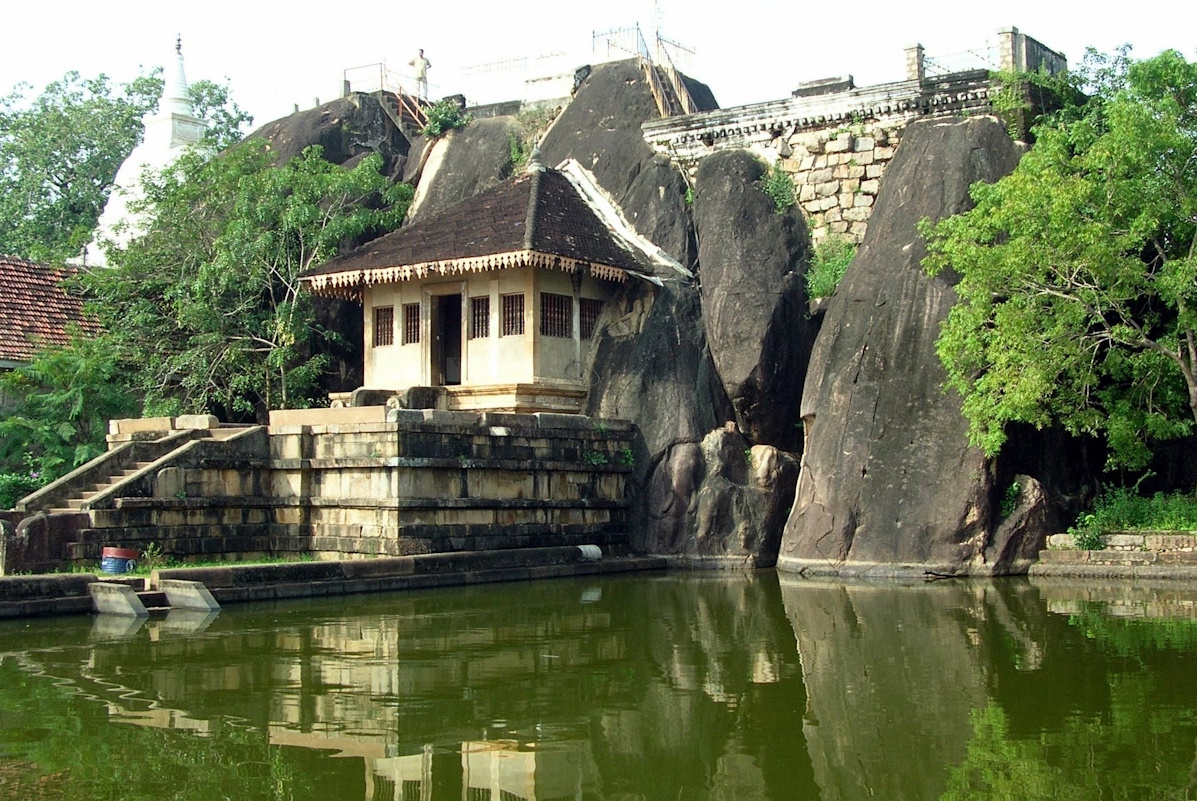
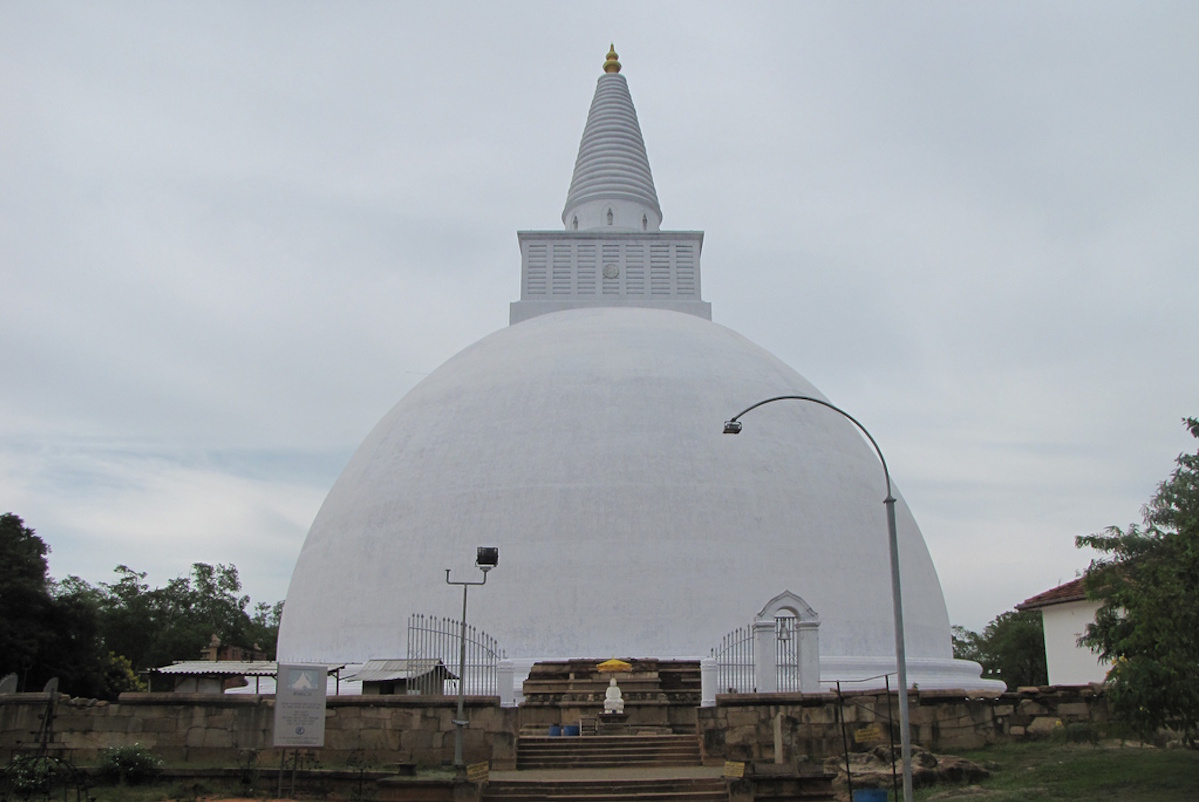
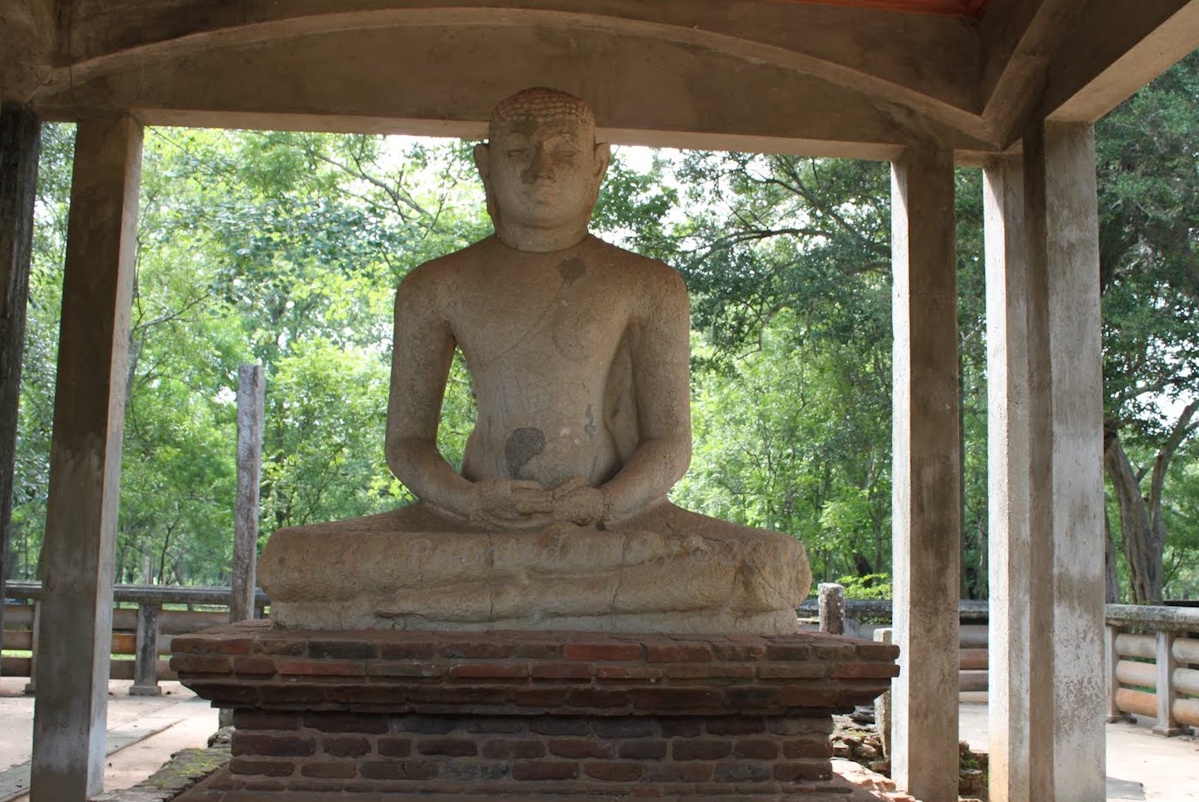
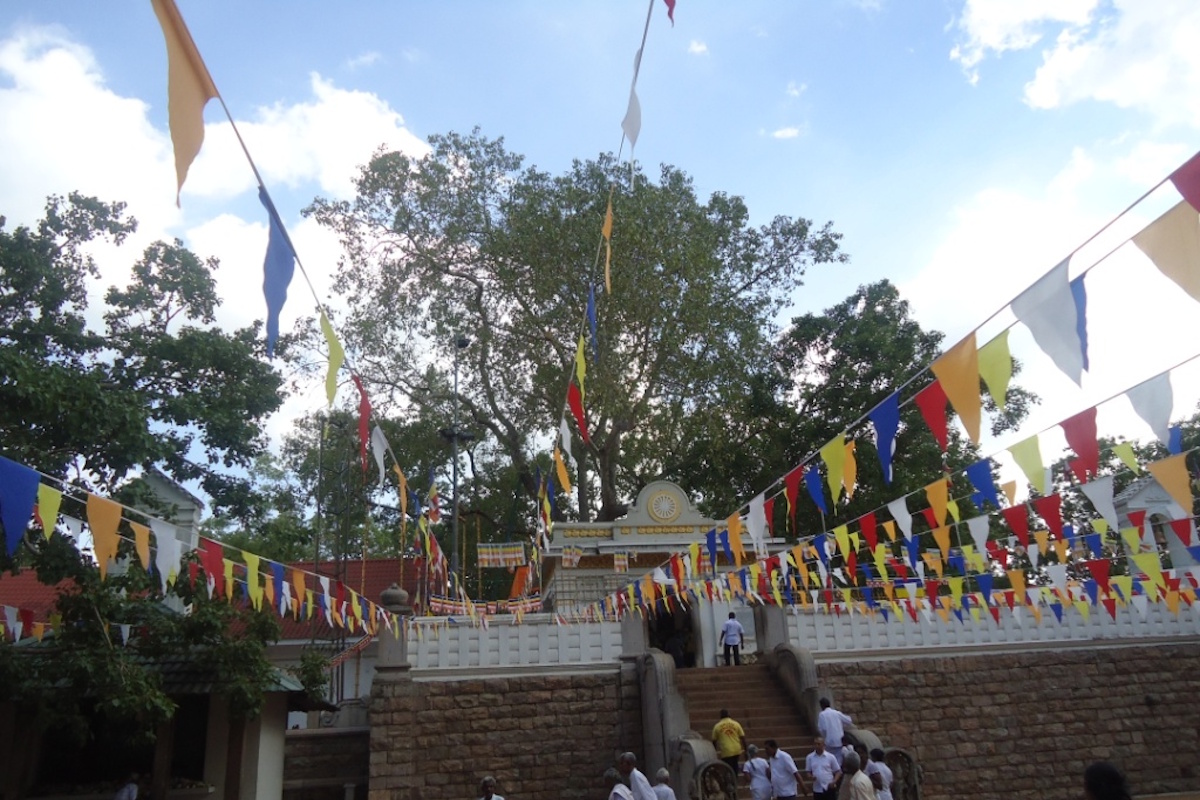
Anuradhapura is one of the most revered and ancient cities in Sri Lanka — a cradle of Sinhala civilization and a UNESCO World Heritage Site. With origins tracing back over 2,500 years, it was the first capital of Sri Lanka and served as the religious and political center of the island for more than a millennium.
Foundation and Early Rule: Founded in the 4th century BCE by King Pandukabhaya, Anuradhapura became a flourishing capital and the seat of Sri Lankan kings for nearly 1,300 years. Its development marked the beginning of an advanced urban civilization in South Asia, with complex irrigation systems, monasteries, and palaces.
Introduction of Buddhism: The most significant turning point in Anuradhapura’s history came in the 3rd century BCE when Mahinda Thero, son of Emperor Ashoka of India, introduced Theravāda Buddhism to the island. King Devanampiyatissa embraced the new faith, and Anuradhapura became the epicenter of Buddhist learning and devotion.
Sacred Bodhi Tree: One of the city’s most sacred relics is the Jaya Sri Maha Bodhi, a sapling of the original Bodhi tree under which the Buddha attained enlightenment. Planted in 288 BCE, it is considered the oldest historically documented tree in the world.
Golden Age and Decline: Anuradhapura flourished under rulers like Dutugemunu, Vasabha, and Mahasena, who built massive stupas, temples, and a sophisticated irrigation network. By the 10th century CE, the city began to decline due to South Indian invasions and was eventually abandoned after the Chola conquest. The capital shifted to Polonnaruwa.
Rediscovery and Preservation: For centuries, the ancient city lay hidden under dense jungle until it was rediscovered in the 19th century during British colonial rule. Today, it is a sacred pilgrimage site and an archaeological treasure trove.
Modern Anuradhapura is a calm and spiritual city that harmoniously blends history with daily life. While parts of the ancient city lie in ruins, many sacred sites are still in use today, frequented by thousands of pilgrims.
Religious Center: Anuradhapura remains a living spiritual capital. Devotees in white attire visit the city daily to pay homage at temples, stupas, and the sacred Bodhi Tree. Vesak and Poson full moon days see massive gatherings of pilgrims.
Archaeological Significance: The city is one of the most important archaeological zones in South Asia. Preservation efforts by the Department of Archaeology and UNESCO continue to protect the ancient monuments.
Urban Area: The modern town adjacent to the sacred area is modest and functional, with small hotels, shops, and restaurants catering to tourists and pilgrims. Despite its historical significance, Anuradhapura remains refreshingly undeveloped compared to Colombo or Kandy, preserving its timeless atmosphere.
Located in Sri Lanka’s North Central Province, Anuradhapura lies on a flat plain dotted with ancient reservoirs (tanks), monastic complexes, and lush greenery.
Geography: The ancient city is vast, covering over 40 square kilometers. The area is surrounded by agricultural land nourished by ancient irrigation systems like the Tissa Wewa and Nuwara Wewa, reflecting the ingenuity of early Sri Lankan engineering.
Climate: Anuradhapura has a tropical dry zone climate, with distinct dry and wet seasons. Temperatures typically range from 26°C to 35°C (79°F to 95°F). The dry season lasts from May to September, while October to January brings rainfall due to the northeast monsoon. The sunny and dry weather makes it ideal for sightseeing year-round.
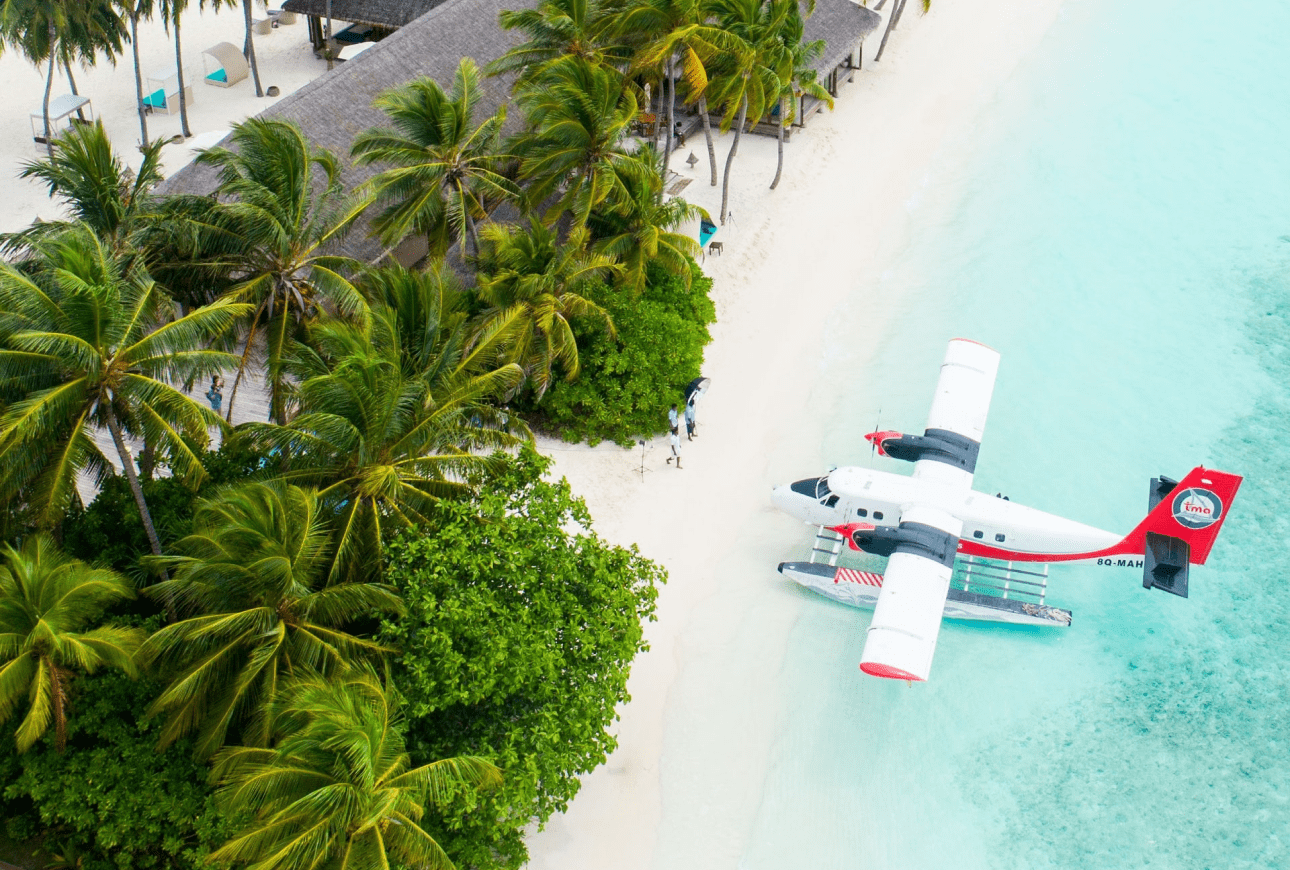
Subscribe to see secret deals prices drop the moment you sign up!